Get our independent lab tests, expert reviews and honest advice.
How to buy a great robot vacuum cleaner
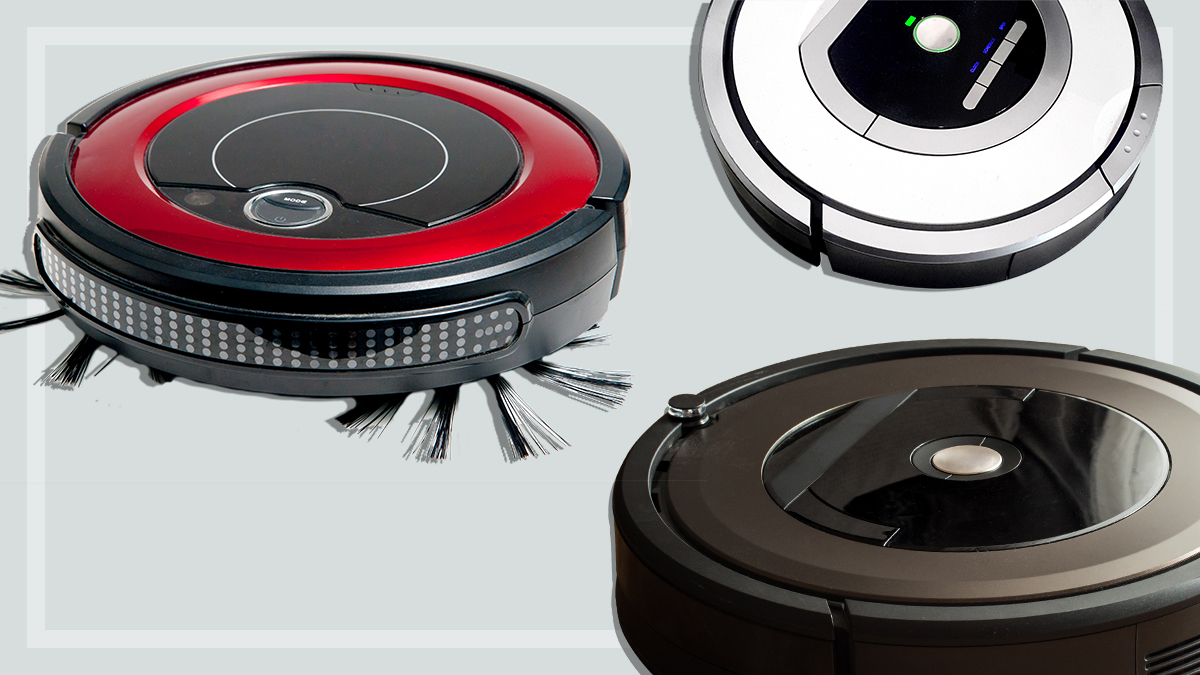
We’d all love to be able to sit down and relax while an artificially intelligent device cleans the house, but can a robot vacuum do as good a job as your regular barrel vacuum? The answer largely depends on whether you have carpet or hard floors.
On this page:
- How do robot vacuums work?
- How much do they cost?
- Are robot vacuum cleaners worth it?
- Do robot vacuum cleaners get stuck?
- Robot vacuums apps
- Cleaning performance on hard floors and carpet
- Mopping performance
- Features to look for
- Maintaining and recycling your robot vacuum
How do robot vacuums work?
Robot vacuums are designed to clean your home with minimal help. Powered by a rechargeable battery, these cordless machines can learn their way around your room using sensors and cameras.
They’re generally able to dodge stairs and are small enough to vacuum under low furniture. After fully recharging your robot vacuum, you should be able to let it start cleaning straight away.
It may take a few goes before your robot vacuum can properly learn the layout of your room. They tend to ‘feel’ their way around by bumping into walls and furniture (some bump into things quite hard, while others slow down on approach) so you should leave your room as uncluttered as possible – and free of any fragile vases!
How much do they cost?
The models in our latest robot vacuums test range in price from under $170 up to almost $4000. You’ll find robot vacuums at different price points, with the more sophisticated models able to achieve tasks like self-cleaning, heavy-duty mopping, or detecting particularly dirty areas.
Are cheap robot vacuums any good?
Our test results reveal a range of performance scores at different price points, and there are some robot vacuums worth considering if you’re on a budget as some are excellent on hard floors. However, the cheapest robots may not have all the features you’re after.
Are robot vacuum cleaners worth it?
After conducting our rigorous lab testing of robot vacs, we wouldn’t recommend any of them as a complete replacement for a regular stick, barrel or upright vacuum, especially in homes with carpeted floors. However, they’re great for in-between cleans and can be used on a daily basis, especially if you’ll be out of the house while they’re working.
Despite their autonomous nature, filters, dust bins and brushes will still need regular cleaning and you’ll still need to make sure your floor doesn’t have stuff lying around that could get caught in the robot vacuum, even if it does claim to be able to detect the obstructions.
Our lab-based tests show a significant range in performance scores.
| Cleaning test scores | Average | Range |
|---|---|---|
| Hard floor performance | 88% | 58–98% |
| Carpet performance | 26% | 9–49% |
| Pet hair performance | 54% | 20–80% |
| Corners and edges performance | 65% | 40–80% |
Do robot vacuum cleaners get stuck?
It depends. If you’ve got a mixture of rugs and hard floors, they might sometimes have a little trouble travelling from one surface type to the next.
Tassels or fringes on rugs, home entertainment cables and deep carpet pile could be problematic as these can get tangled in wheels or brushes. With a bit of preparation, you can avoid these incidents.
Robot vacuums apps
To get the most out of your robot vacuum, we recommend downloading its related app.
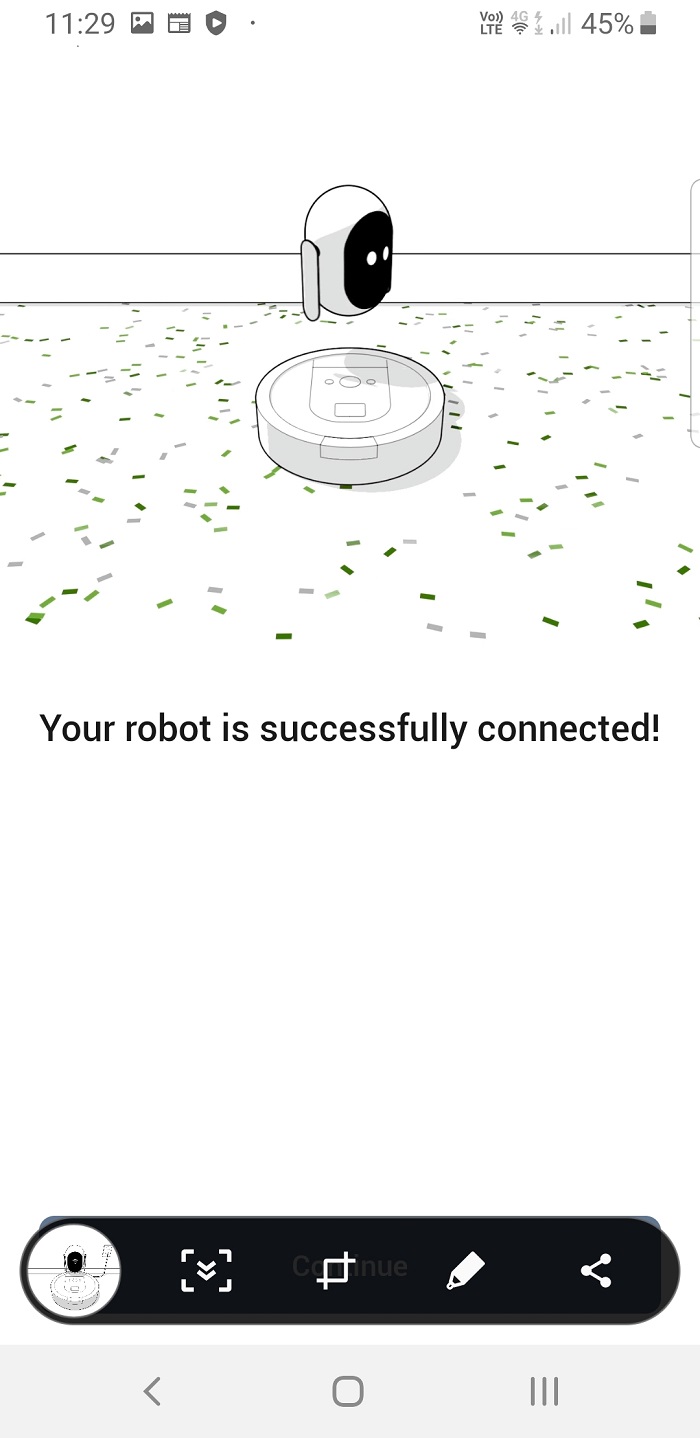
All but the most basic models can connect to your home Wi-Fi network, so you can monitor and set up your cleaning regime using the app (for more on what they can do, see Features to look for below).
This also lets your robot vacuum accept firmware updates (this is the software built into the vacuums) which could iron out bugs or include new features.
Note that after downloading the app, set-up involves setting up an account using your email address and a suitable password, then following the steps to connect your robot to the app.
It’s not unusual for technical problems to occur during initial set-up. For example, in some cases we had to revert to turning off our phone’s mobile data temporarily for it to detect the robot vacuum’s Wi-Fi signal.
CHOICE tip: Many smart home accessories, including robot vacs, use the 2.4Ghz band of your router’s Wi-Fi as opposed to 5Ghz. If this is the case, and if you usually use 5Ghz on your smartphone, you’ll need to change to 2.4Ghz when using the robot vac’s app.
Privacy issues
Read the app’s privacy policy to see what kind of information the robot vacuum collects and check the app’s privacy settings.
For example, the robot may need location data to conduct tasks such as room mapping. But there may be a setting to make sure the map is kept on your robot vacuum and not sent back to the manufacturer.
For models with camera detection, you may want to keep them out of sensitive areas such as bedrooms and bathrooms by using the ‘virtual wall’ feature of the app, which lets you set no-go areas for the robot. Or, you may prefer not to buy a robot vac with a camera feature at all.
Cleaning performance on hard floors and carpet
Hard floors
Most of the robot vacuums we’ve tested are very good at cleaning hard floors – albeit not always in the corners and edges.
For a house with mostly hard floors, most of the robot vacuum cleaners we’ve tested will do a reasonable job of keeping the floors clean when run on a daily basis, though a more thorough clean with a standard vacuum (or a broom) will still be needed occasionally.
Carpet
Despite sophisticated technology – navigation software, stair detection, cameras to detect dirt – robot vacuum cleaners are still very poor at removing dirt from carpet.
Robot vacuums can’t generate the suction of a standard vacuum and although they can leave the carpet looking clean, below the surface a lot of dirt is left behind. Over time, this can damage the pile.
In a home with carpeted floors, a robot vac is fine for a tidy-up, but the carpet will need a regular going-over with a standard vacuum to get most of the dirt out.
What about pet hair?
In our tests, we’ve found robot vacuums can pick up a reasonable amount of fluff (such as pet hair) along with some dirt, but on carpet they also seem to push the remaining dirt even deeper into the pile.
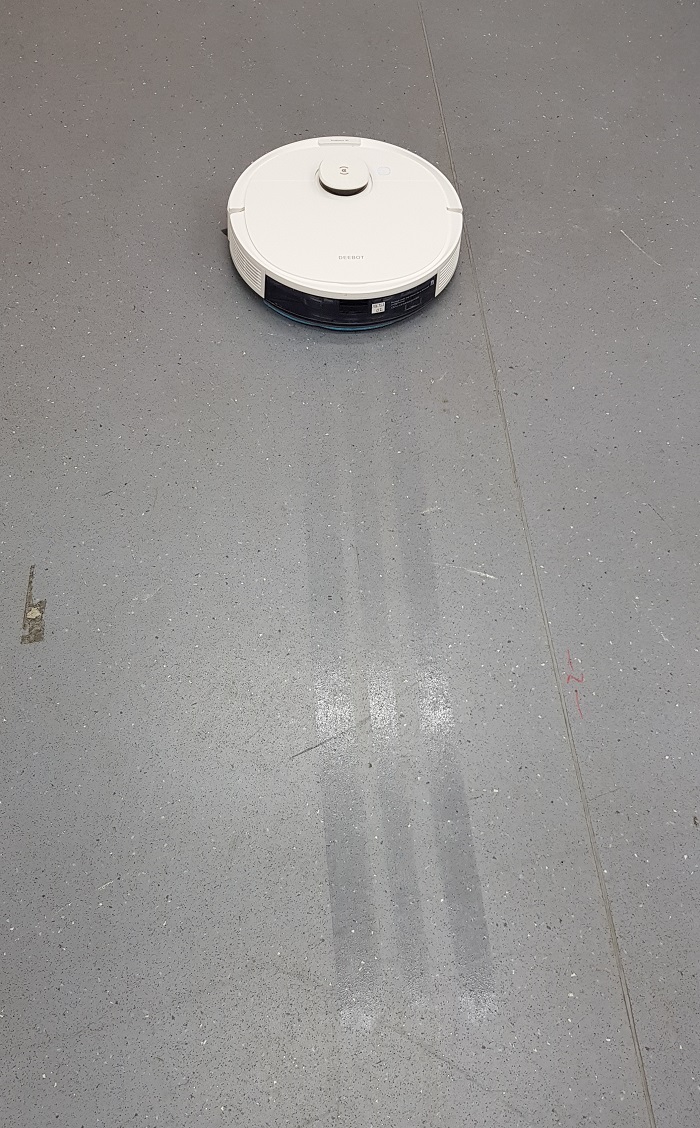
Mopping performance
Most newer models of robot vacuum also have a mopping function. The mopping process involves moistening a microfibre pad (or pads) attached to the vacuum’s base via a water tank.
Some models only come with a small water tank that you’ll need to manually refill after every use, while others go back to their charging dock to draw from clean water that’s stored in a large tank located there. These high-end models will wash (and even dry) the soiled mop pads, and extract the dirty water into another tank.
For models with only on-board tanks, you may be able to adjust the level of water that wets the pad, and some do have a ‘scrubbing’ function to lightly agitate the area. The self-cleaning mopping robots tend to put more pressure onto the floor to try to tackle tough stains.
Our experts noticed that the pads are visibly dirty after a mopping job and are quite small, meaning they will need to be rewashed regularly. So, the models that can do this automatically will make it easier to “set and forget”.
Some models may leave more water behind than others, although this may depend on the water settings. Regardless of how sophisticated your mopping robot is, the mopping function is a task best suited for maintenance cleans of light stains and scuff marks rather than deep cleaning.
The more high-tech models may be able to detect carpet or rugs and lift the mopping pad up so it doesn’t touch the surface. Others can detect the carpet and avoid cleaning the area altogether. However, our experts have noticed that some mopping pads may still touch a rug’s edge, potentially spreading stains onto it. So at first, you’ll need to keep an eye on how it goes about its mopping, and manually specify any no-go areas (usually via the app) if they don’t behave themselves!
Adding detergent
A few brands recommend adding detergent before mopping, to give the robot vac a little extra help. It’s a useful feature, though some manufacturers recommend using their proprietary mixture which naturally costs more than many of the detergents you’ll find at the supermarket. Others don’t specify.
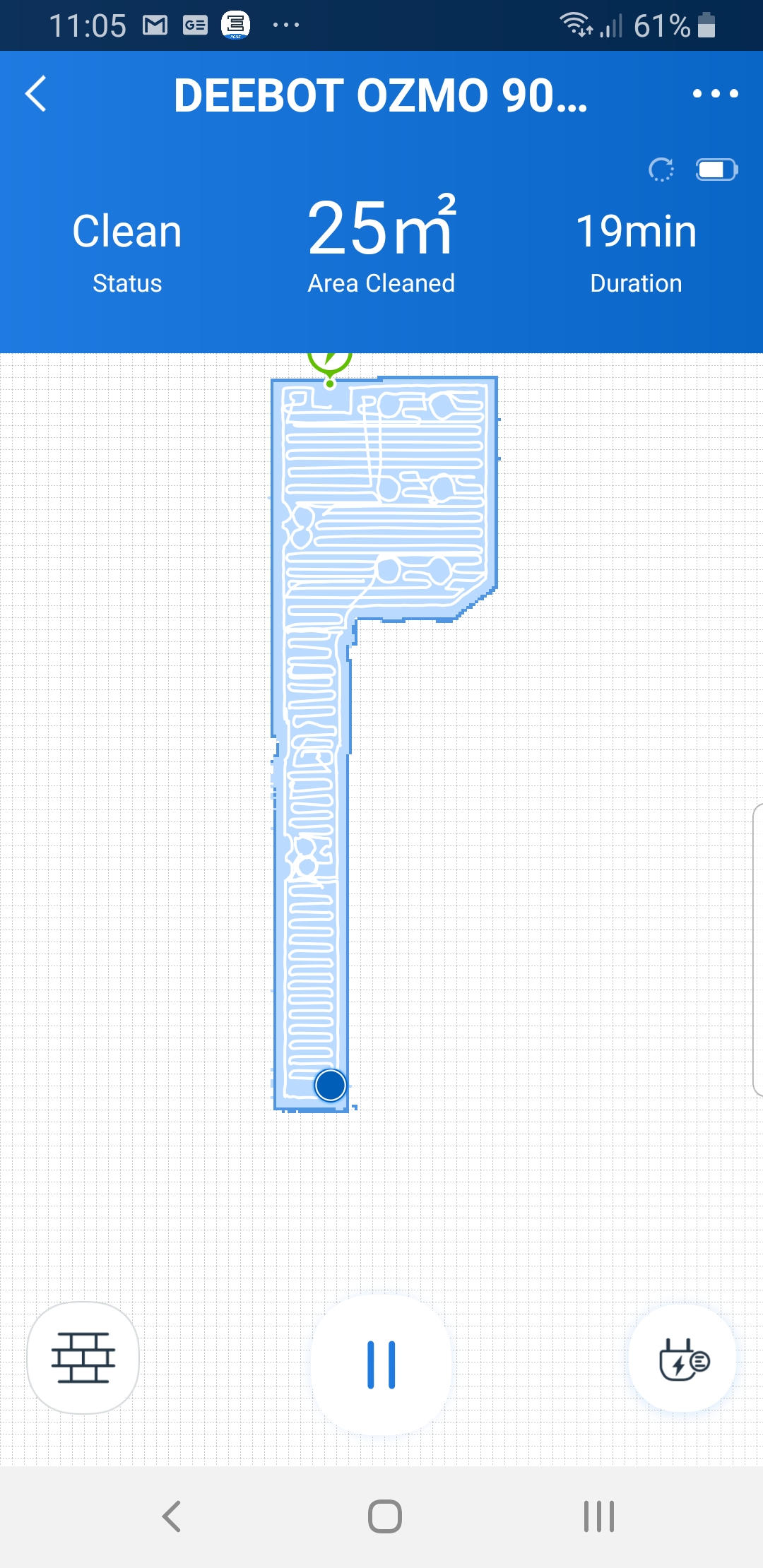
Features to look for
Stair detection
This feature, now standard across all models, helps the robot sense when it has reached a ledge or step so it can back off and avoid a damaging tumble.
Virtual wall
This feature creates an invisible barrier to block off open doorways or other areas you don’t want the robot to enter. Most robot vacuums will define the virtual wall using an app, but some use infrared towers to define barriers (these may cost extra). A few models that use older technology require a physical magnetic strip to prevent the robot vacuum from passing the barrier.
Programmable times
This handy function will allow you to set times of the day or week to run the robot – for instance, you could set it to run only while you’re out of the house.
Running time
Battery life is important, especially if you have a large area to be cleaned. You’ll want a robot vacuum that cleans for long enough to cover your floor area before returning to the charging station.
Although we’re seeing battery life improving, we’ve noticed some models that keep running well after the motor has actually stopped ‘cleaning’. Essentially, these vacuums have a cleaning mode and a return to charging station mode. In these cases we measure the running time to be until the motor stops running (i.e. cleaning has stopped).
Self-emptying function
High-end robots usually come with an automatic dirt disposal unit on the charging base. Once the robot goes back to charge, its dust bin gets emptied into a larger dust bag – a self-emptying tower, which can measure around 30–55cm high!
This saves you from having to continually empty the tiny dust bin on the robot itself, and could also be useful if you have a dust allergy.
But be aware of ongoing costs with these models. iRobot claims its dust bags can hold up to 75 days of dust and dirt before they need replacing, with a three-pack selling for $33.
Note that accumulated dust in the base unit’s bag or bin could become smelly or unhygienic after a while, so don’t leave it too long to empty.
Web cams
We’ve seen some high-end robot vacuums even double as a security camera.
In conjunction with an app, you can log on and monitor your home remotely (or see if the cat has decided to hitch a ride on it).
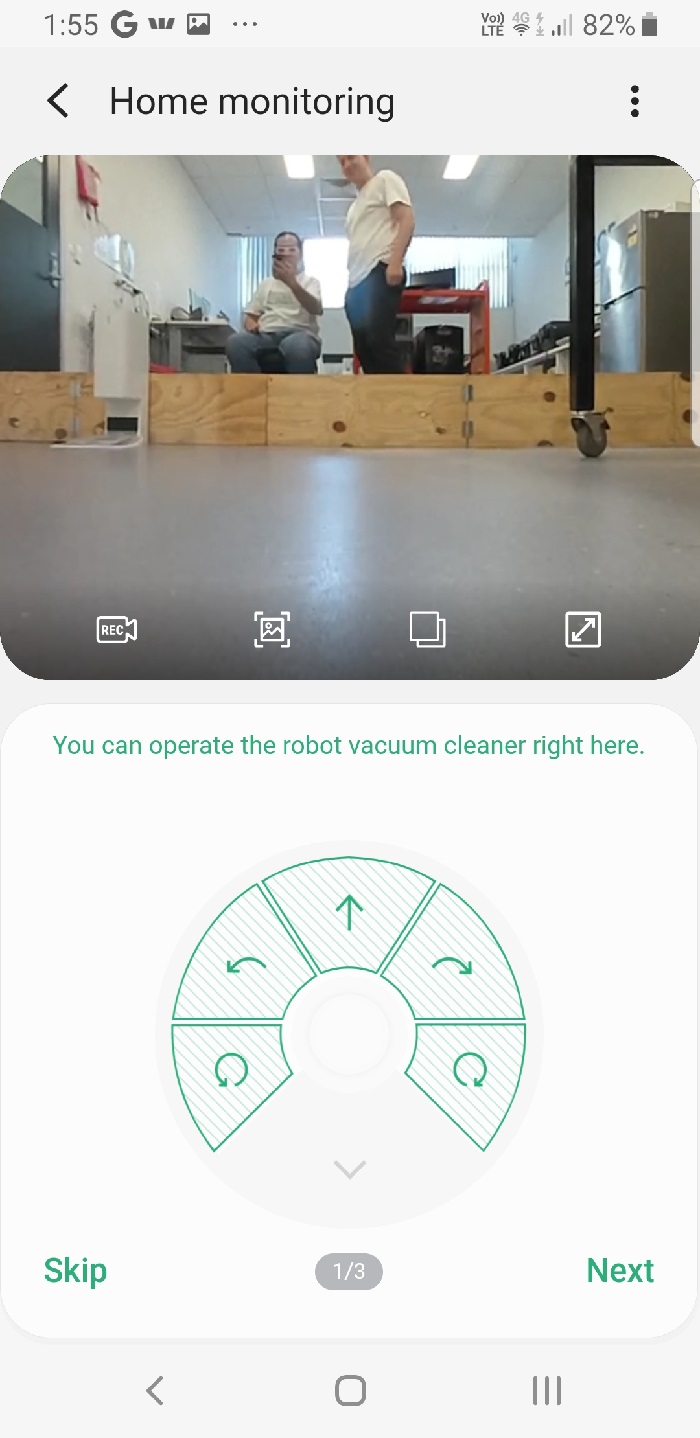
Noise level
Robot vacuums are generally quieter than standard vacuums, but some have an annoying high-pitched whistle and others make a mechanical grinding noise.
This may be less important if the robot mainly runs while you’re out of the house, but these sounds may be loud enough to annoy neighbours or scare pets.
Physical remote control
Some models still come with a physical remote control to change the settings or direct the vacuum around the room, but these days many will only use apps.
Grey market robot vacuums
It may be tempting to buy a cheaper version of your robot vacuum from overseas, but buyer beware: it may mean you can’t use the app in Australia.
For example, in January 2022 Dreame imposed a “mobile app region block restriction” on robot vacuums that aren’t official Australian models. It says:
“If you purchase any Dreame robot vacuums that are either a) not an official Australian model, or b) not via an authorised retailer, you will not be able to sync your device with the ‘Mi Home’ mobile app, and therefore, cannot use features provided through the app.”
Maintaining and recycling your robot vacuum
To prolong your robot vacuum’s life, regular maintenance is important. Some robot vacuums come with a tool to cut hair out of the brush, and the side brushes/rollers may need replacing after a while. Keep the sensors and filters clean and check the wheels for hair, string and other potential obstructions.
A good robot vacuum will have replaceable spare parts such as a battery, brush bar, dust bin, side brushes and filters.
When the robot vacuum eventually decides to retire, it should be treated as e-waste so that the lithium-ion battery, among other electronic parts, can be recycled and diverted from landfill. Check with your local council about e-waste collection dates.





